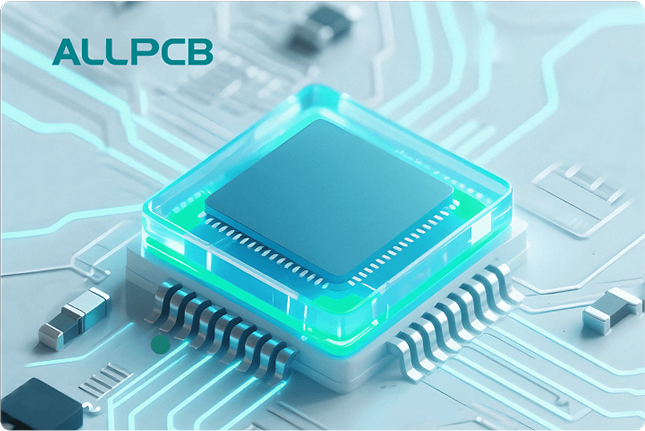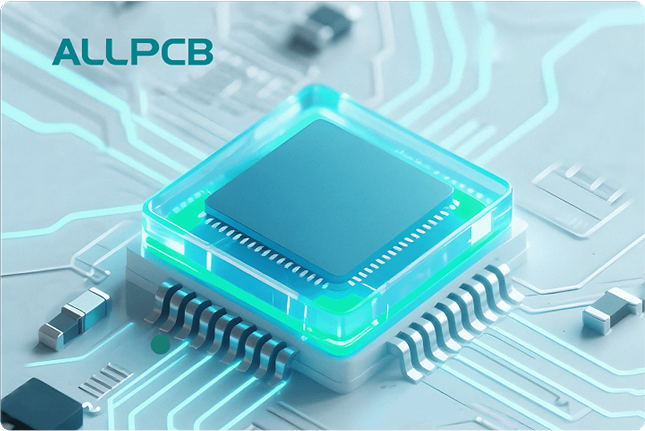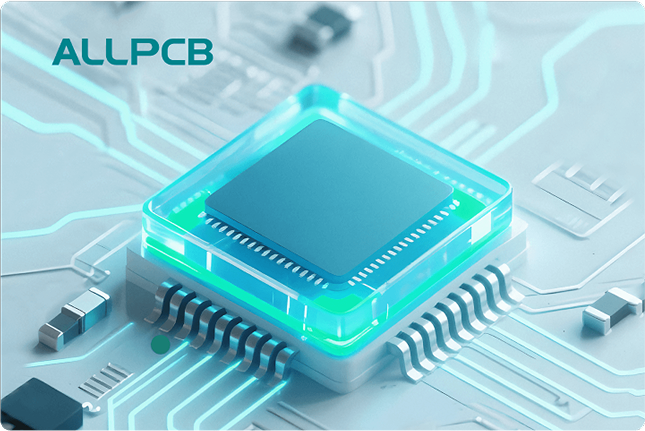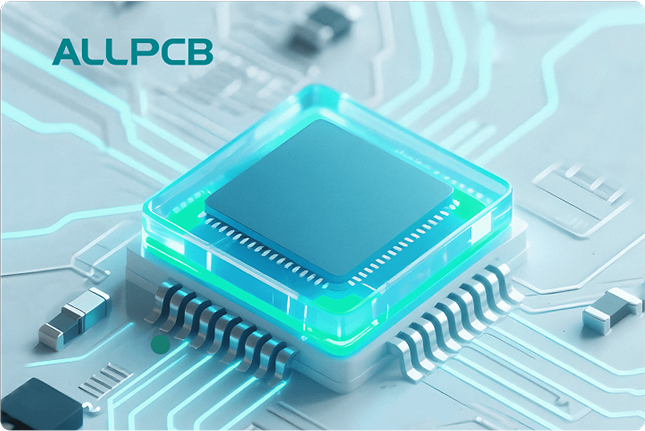If you're starting your first electronics project and wondering about PCB substrates, you're in the right place. A PCB substrate is the base material that supports the conductive layers of a printed circuit board (PCB), determining its strength, thermal performance, and electrical properties. For beginners, understanding PCB substrate types like FR-4, and prototyping options such as breadboards and perfboards, along with basic soldering techniques, is crucial for a successful project. In this guide, we'll break down everything you need to know about PCB substrates, compare common materials, and provide practical tips to help you get started with confidence.
Why PCB Substrates Matter for Your Project
The substrate is the foundation of any PCB, acting as an insulator between conductive layers while providing mechanical support. Choosing the right substrate affects how well your circuit performs under heat, stress, and electrical loads. For beginners, starting with the right material can save time, reduce errors, and ensure your project works as intended. Whether you're prototyping with a breadboard or designing a custom PCB with a material like FR-4, understanding substrates is the first step to building reliable electronics.
What Are PCB Substrates? A Simple Explanation
A PCB substrate is the non-conductive material that forms the core of a printed circuit board. It holds the copper traces that carry electrical signals and provides structural integrity. Substrates are chosen based on their electrical insulation properties, thermal conductivity (how well they handle heat), and mechanical strength. For most beginner projects, substrates also play a role in cost and ease of use, which is why materials like FR-4 are so popular.
Substrates are used in custom PCBs, but beginners often start with prototyping tools like breadboards and perfboards before moving to manufactured boards. Let’s dive into the most common options you'll encounter as a beginner.
Common PCB Substrate Types for Beginners
1. FR-4: The Go-To Choice for Most Projects
FR-4 is the most widely used PCB substrate material, especially for beginners. It stands for "Flame Retardant 4" and is made of woven fiberglass cloth with an epoxy resin binder. This combination gives FR-4 a good balance of strength, electrical insulation, and affordability.
- Key Properties: FR-4 has a dielectric constant of around 4.5, which affects signal speed and impedance in high-frequency designs. It can withstand temperatures up to 130°C without deforming, making it suitable for most hobbyist projects.
- Advantages: Affordable, widely available, and easy to work with for standard electronics like Arduino shields or simple power supplies.
- Limitations: Not ideal for high-frequency applications (above 1 GHz) due to signal loss or for extreme thermal environments.
- Best For: General-purpose projects, learning PCB design, and low-to-medium complexity circuits.
2. Other Substrate Materials to Know
While FR-4 is the standard for beginners, it’s worth knowing about other materials for future projects or specific needs:
- Ceramic Substrates: Used in high-temperature or high-frequency applications due to excellent thermal conductivity (up to 170 W/mK compared to FR-4’s 0.3 W/mK). They’re expensive and not beginner-friendly.
- Polyimide: A flexible material for bendable PCBs, often used in wearables. It handles temperatures up to 260°C but costs more than FR-4.
- Metal-Core Substrates: These have a metal base (like aluminum) for superior heat dissipation, ideal for LED lighting. They’re heavier and pricier than FR-4.
For your first project, stick with FR-4 unless you have a specific requirement like flexibility or high heat dissipation.
Prototyping Options: Breadboards and Perfboards
Before jumping into custom PCBs with substrates like FR-4, most beginners start with prototyping tools. These options let you test circuits without committing to a permanent design. Let’s explore two popular choices: breadboards and perfboards.
Breadboards: Perfect for Temporary Testing
A breadboard is a reusable, solderless board used to prototype circuits. It’s not a PCB substrate in the traditional sense but serves as a starting point for beginners to experiment with components.
- How It Works: Breadboards have a grid of holes connected internally in rows, allowing you to plug in components like resistors, capacitors, and wires without soldering.
- Advantages: Easy to use, no soldering required, and reusable for multiple projects.
- Limitations: Not suitable for permanent designs or high-frequency circuits due to parasitic capacitance (around 2-5 pF between adjacent rows), which can interfere with signals.
- Best For: Learning basic circuits, testing ideas, and small projects like LED blinkers or simple sensors.
Perfboards: A Step Toward Permanent Designs
Perfboards, also called perforated boards, are a middle ground between breadboards and custom PCBs. They’re made of a substrate material like FR-2 (phenolic paper) or FR-4 and have a grid of holes with copper pads for soldering components.
- How It Works: You place components through the holes and solder them to the copper pads. Connections are made manually using wires since there are no pre-routed traces.
- Advantages: More permanent than breadboards, affordable, and customizable for small projects.
- Limitations: Time-consuming to wire, prone to errors, and not ideal for complex designs with many connections.
- Best For: Semi-permanent prototypes or small circuits when a custom PCB isn’t necessary.
How to Choose the Right Option for Your First Project
Deciding between a breadboard, perfboard, or custom PCB with a substrate like FR-4 depends on your project’s needs and your skill level. Here’s a quick guide:
- Start with a Breadboard: If you’re new to electronics or just testing an idea, use a breadboard for its simplicity and flexibility.
- Move to a Perfboard: If your circuit works on a breadboard and you want a more durable setup without designing a PCB, a perfboard is the next step.
- Design a Custom PCB with FR-4: Once you’re confident in your circuit and ready for a professional result, opt for a custom PCB using FR-4 as the substrate for cost-effectiveness and reliability.
Consider factors like project complexity, budget, and whether you’ll need to reuse components. For most beginners, starting with a breadboard and progressing to a custom PCB is the natural path.
Soldering Techniques for Beginners Using Perfboards and PCBs
Once you move beyond breadboards, soldering becomes an essential skill for working with perfboards or custom PCBs. Soldering is the process of joining components to a board using a molten metal alloy called solder. Here are some beginner-friendly tips to get started.
Essential Tools for Soldering
Before you begin, gather these basic tools:
- Soldering Iron: A 25-40 watt iron with a fine tip works well for most electronics. Adjustable temperature models (300-350°C for standard soldering) are ideal.
- Solder: Use 60/40 rosin-core solder (60% tin, 40% lead) with a diameter of 0.8-1.0 mm for general-purpose work. Lead-free solder is an option but requires higher temperatures.
- Desoldering Tools: A solder sucker or desoldering braid helps fix mistakes by removing excess solder.
- Helping Hands: A stand with clips to hold components steady while soldering.
- Safety Gear: Wear safety glasses and work in a well-ventilated area to avoid solder fumes.
Basic Soldering Steps for Perfboards and PCBs
Follow these steps to solder components onto a perfboard or PCB:
- Prepare the Board and Components: Place components through the holes on the board. Bend the leads slightly on the underside to hold them in place.
- Heat the Joint: Touch the soldering iron tip to both the component lead and the copper pad for 2-3 seconds to heat them evenly.
- Apply Solder: Feed a small amount of solder (about 1-2 mm) to the joint, not the iron tip. It should melt and flow smoothly, forming a shiny, cone-shaped connection.
- Remove the Iron: Take the iron away and let the joint cool for a few seconds. Avoid moving the component during cooling to prevent a cold solder joint (a dull, cracked connection).
- Trim Excess Leads: Use wire cutters to trim the component leads close to the solder joint.
Common Soldering Mistakes to Avoid
- Cold Solder Joints: Caused by insufficient heat, resulting in a weak, dull connection. Reheat the joint and add more solder if needed.
- Overheating: Applying the iron for too long (over 5 seconds) can damage components or lift copper pads. Work quickly and use the right temperature.
- Excess Solder: Too much solder can create bridges between pads, causing short circuits. Use a desoldering tool to remove excess.
Practice soldering on scrap perfboards before working on your actual project. With time, you’ll develop a steady hand and better control over the process.
Tips for a Successful First Project with PCB Substrates
Here are some practical tips to ensure your first project goes smoothly, whether you’re using a breadboard, perfboard, or custom PCB:
- Plan Your Circuit: Sketch your design on paper or use free software tools to simulate and layout your circuit before building. This reduces errors on perfboards or PCBs.
- Start Small: Begin with simple projects like an LED flasher or a basic power supply to build confidence with substrates and soldering.
- Double-Check Connections: On breadboards and perfboards, verify wiring before powering up to avoid shorts or damage.
- Keep Safety First: Always unplug your soldering iron when not in use, and handle components carefully to avoid static discharge.
- Learn from Mistakes: Errors are part of the learning process. If a circuit doesn’t work, troubleshoot systematically by checking connections and component values.
Conclusion: Start Building with Confidence
Understanding PCB substrates and prototyping tools is the foundation of any electronics project. For beginners, starting with a breadboard to test ideas, moving to a perfboard for semi-permanent designs, and eventually using a custom PCB with an FR-4 substrate is a practical progression. Mastering basic soldering techniques will also help you bring your circuits to life with reliability and precision.
By choosing the right materials and tools for your skill level and project needs, you’ll set yourself up for success. Whether it’s a simple hobby project or the first step toward a larger design, the knowledge of PCB substrate types, prototyping options, and soldering skills will empower you to create with confidence. Dive into your first project today, and watch your ideas come to life on a solid foundation!
 ALLPCB
ALLPCB







